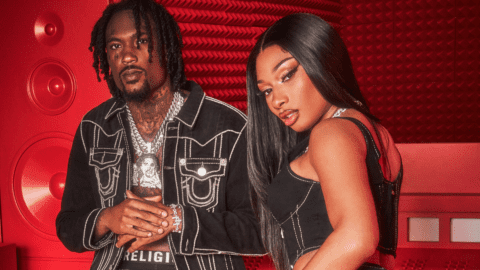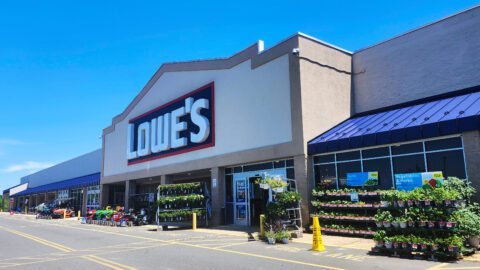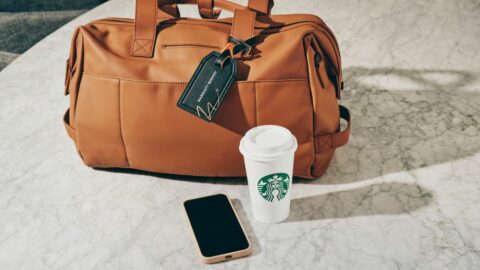Nearly two-thirds (73%) of convenience stores have loyalty programs, but keeping up with the pace of change in this area poses a significant challenge for 55% of operators, according to the C-Store Shopper Report 2019: How to Fuel Customer Loyalty by PDI. Standout programs from retailers like Sheetz as well as adjacent retailers like Starbucks set high standards that other c-store retailers find hard to match.
The good news for these retailers is that loyalty programs provide ongoing opportunities for improvement. The best-in-class loyalty programs didn’t just spring into being overnight; they are the result of years of iteration, optimization and a focus on what companies do best.
“You’re trying to launch a program that’s very large and very complex,” said Brandon Logsdon, SVP of Marketing Cloud Solutions at PDI. “It’s very difficult to do, it’s very difficult to put together the technology on the front end and it’s very difficult to manage. Oftentimes the analog people are using programs that didn’t launch with that much technology or much complexity of offer, but evolved and grew organically over time.”
The first step for convenience store retailers is to start with a strong, compelling base offering that fits their needs and meets shoppers’ demands. A streamlined program with a useful, straightforward rewards structure is a good start. Fuel rewards are consistently popular: 78% of c-store shoppers say “it’s important to be able to earn rewards for fuel” when prices are rising — and 77% said the same when prices are falling.
Data Fuels Both Adoption And Evolution
Once the basic program is established, the next task is to build (or expand) membership. Customer awareness of these programs is low in this vertical: 37% of shoppers said they weren’t aware of c-store loyalty programs, while 26% had never been asked to join one.
There are two main approaches to driving adoption: in-store promotion, such as store associates mentioning the benefits, and online promotion such as emails. Both methods need to be backed by data. This is another area where c-store operators have room for improvement: while 72% collect customer data, just 25% use this information to identify new customers with similar qualities to their existing loyalty members.
Additionally, while 47% of operators use customer data for personalized communications, it also can be used to attract new members and update the loyalty program’s features to better align with what shoppers want. Logsdon suggested several questions for retailers to consider when combing through their data:
- What type of offers are you making?
- What product categories are proving popular?
- What offers are driving people into the store?
- What feedback are customers giving you?
This refinement process should be continuous, and all the invested parties need to stay in regular communication. Retailers can leverage data to develop higher-tier loyalty programs, but companies must be prepared to execute on what the data is telling them — even if it means additional work and more money.
“The challenge is to make sure you have that agility, that those feedback loops are in place,” said Logsdon. “For example, you might have printed signs three months ago, but now the data is telling you it’s not going to resonate with your audience. Therefore, you’ve got to tweak your messaging and reprint another sign package, which maybe you didn’t plan a budget for.”
Fuel Is At The Heart Of C-Store Loyalty
Another key to a strong c-store loyalty offering is leveraging these stores’ most unique trait: fuel. More than half of c-store loyalty members (57%) are likely to stop in the store when they stop for gas, and they spend 29% more than non-loyalty members once inside.
“One thing we know empirically about this category is convenience and gasoline go hand-in-hand, like peanut butter and jelly,” said Logsdon. “We know that 1.25 times per week is the average that a consumer goes to the pump to fill up. The biggest opportunity we continue to see is for marketers to integrate their fuel offering with their convenience offering.”
Making the most of this relationship means delivering promotions in ways that make sense for both the retailer and its customers. Some shoppers may respond to push messages sent to their phones when they arrive, others to video ads at the pump itself and still others to traditional signage that tempts them with great deals. No matter the medium, all the messages should be tied to the overall loyalty program.
Keeping the shoppers’ preferences in mind can help any program rise above the competition. Few retailers can match the convenience offered by the Starbucks app — but few customers expect that kind of experience when they’re stopping for fuel and a Red Bull. A carefully considered and developed loyalty program won’t make headlines, but it can easily drive sales and satisfy customers.
“Customers develop expectations of what ‘really good’ looks like, but sometimes we forget to remember that’s what really good looks like at Starbucks,” said Logsdon. “Said another way, I would not have the same expectation of my convenience store where I go to get gas that I have at Starbucks: I don’t expect to order ahead and be greeted by a barista when I go into my c-store. What I would expect from a store is a compelling offer that’s really easy to understand.”













